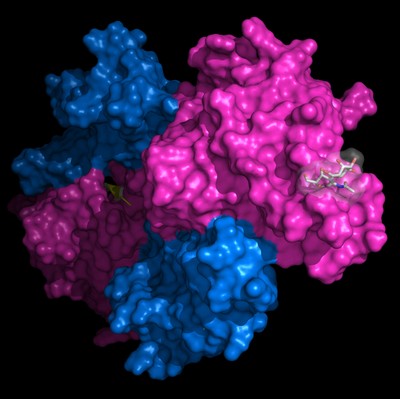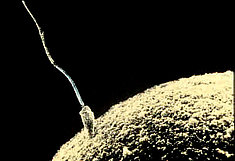Egg meets sperm: the female side of the storyPRESS RELEASE - Researchers at the Karolinska Institutet (Sweden), together with scientists from Nagoya University and the ESRF, have been able to describe the 3D structure of a complete egg receptor that binds sperm at the beginning of fertilization. The results, published in the journal Cell, will lead to better understanding of infertility and may enable entirely new types of contraceptives. For centuries, the imagination of people has been grasped by the encounter of gametes –egg and sperm-, whose union gives rise to a new individual. At the beginning of conception, sperm binds to proteins in the extracellular coat of the egg, called zona pellucida (ZP). But the molecular details of this fundamental biological event have so far remained obscure.  The study suggests which parts of the receptor are likely to be directly contacted by sperm, and provides new insights into how the sperm receptor is assembled and secreted from the egg. The findings have important implications for human reproductive medicine, as they may explain how mutations in the sperm receptor gene could cause infertility. The research could also potentially lead to the design of non-hormonal contraceptives specifically targeting egg-sperm interaction. |
|



